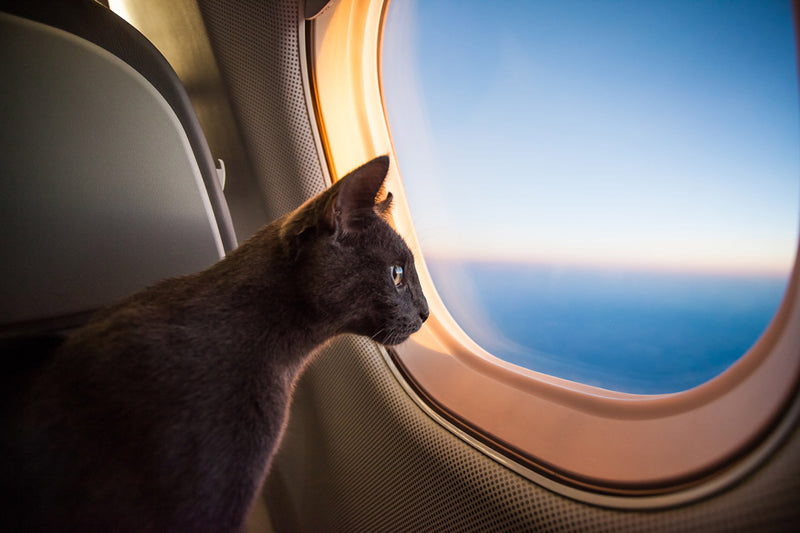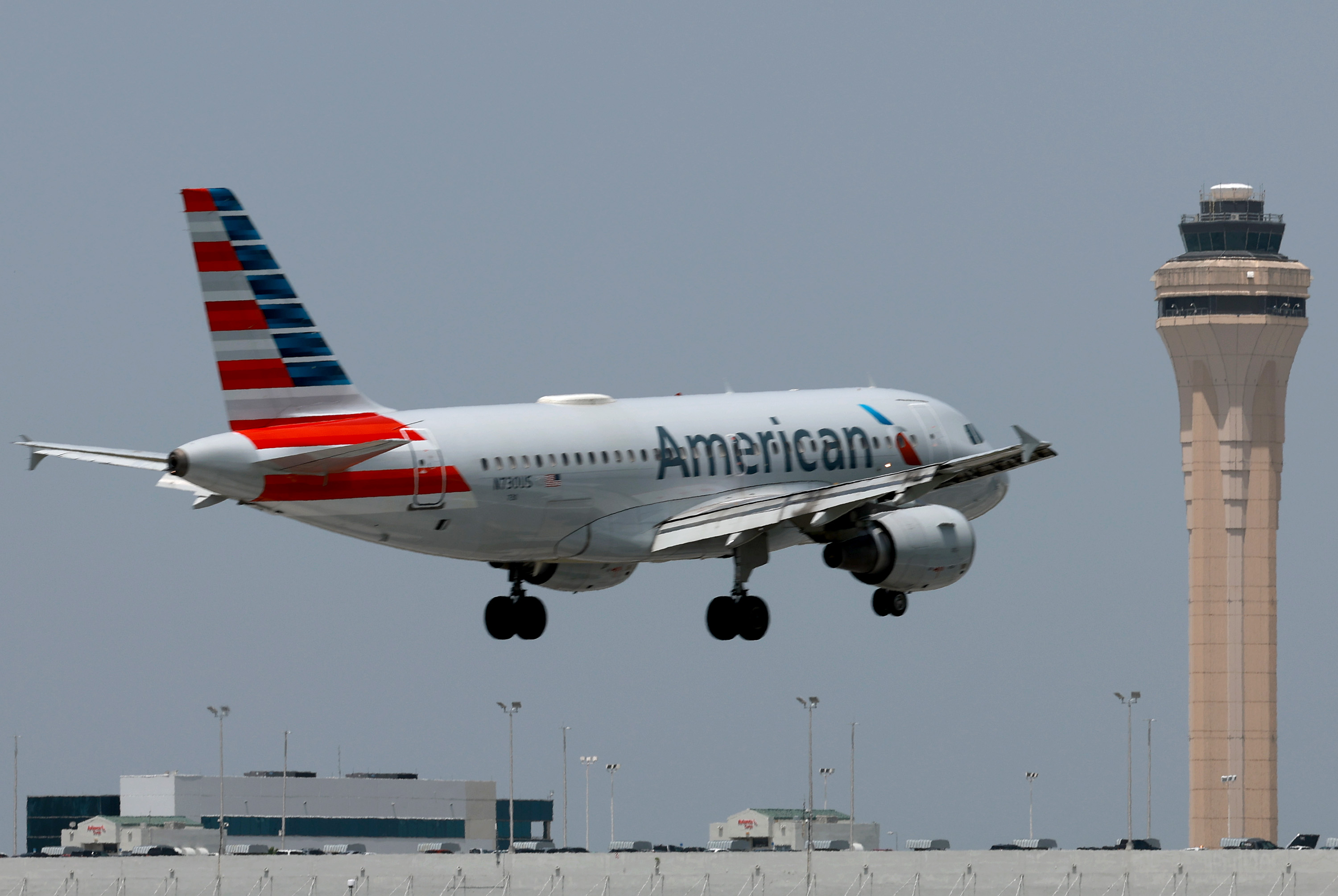Traveling with your cat by plane can be a rewarding experience, but it also requires careful planning and consideration. In this guide, we offer five valuable tips to ensure a smooth and stress-free journey for both you and your beloved feline friend. These insights will help you navigate the intricacies of air travel with your cat, ensuring their safety, comfort, and well-being throughout the journey. Whether you’re a seasoned traveler or a first-time flyer with your cat, these tips will prove invaluable for a successful adventure together.
The formalities for traveling with a cat by plane
First of all, several formalities must be taken into account when traveling with your cat by plane:
Your cat must be up to date with all its mandatory vaccinations to be allowed on board.
He must be identified by means of an electronic chip and a European passport provided by the veterinarian.
Check with the embassy of the destination country to find out if country-specific formalities apply.
Check if there is no need for your cat to be quarantined according to the chosen destination.
Some cats such as the squashed-nosed cat, susceptible to respiratory disorders such as the Persian, may be prohibited from flying.
Finally, some companies may decline all responsibility for the costs incurred in the event of refusal to transport your cat or its acceptance on arrival in the event of non-compliance with the provisions.
Precautions to take before flying
#1 Choose the airline that accepts cats on the plane

Regulations for transporting your cat by plane may vary from one airline to another. Some accept cats in the cabin while others only want them in the hold.
For your cat to be accepted in the hold, it must weigh no more than 8 kg (bag included) , have all its vaccines up to date and must be at least 10 weeks old for flights in mainland France, 15 weeks for flights between mainland France and Guyana and 8 weeks for flights to Guadeloupe, Martinique and Réunion.
#2 Do a check-up with the veterinarian
:strip_icc()/female-veterinarian-examining-small-dog-150684286-5c27f8fdc9e77c0001610f77.jpg)
Vaccines: these must be up to date and depending on the destination, some vaccines may be necessary. Such as the vaccine against distemper and leptospirosis for Norway or the vaccine against parvovirus, distemper, and Rubarth’s hepatitis in Australia.
If it is not already equipped with a chip, it is imperative to do so.
If he has all the necessary drugs in the event of recurrent treatment, for example. It would not be a case of running out of treatment during your trip. Also, remember to keep the prescription in case of control.
Be aware that vaccines can be financed according to animal health insurance formulas.
#3 Take your plane ticket

Places for transporting animals are limited and are payable . So don’t waste time and book a ticket in advance for your cat, at the same time as you take your tickets.
Take the opportunity to plan your arrival and choose accommodation that will accept your cat when you arrive.
#4 Provide a regulated transport crate
Transporting your cat by plane must be done according to the rules. It is possible to get them online or in store, but be aware that some airlines offer an online store with transport boxes with legal dimensions for travel. The transport rules are as follows:
You need a specific closed bag whose dimensions are no more than 46 x 28 x 24 cm.
The bag must be ventilated and spacious enough for the animal to stand up and turn around.
One pet per passenger, if you are traveling with multiple pets.
The transport bag of your cat on the plane is considered as an additional baggage and is therefore payable.
Finally, for safety reasons, it is not possible to use rigid transport boxes , whatever their dimensions.
What to prepare on the day of departure by plane
#5 Remind the airline

To be sure that everything is good and in order, do not hesitate to call the airline two or three days before the flight.
In fact, baggage check-in will take longer and specific documents may be requested. It is therefore always preferable to take the lead to be better organized and notify the airline in advance.
